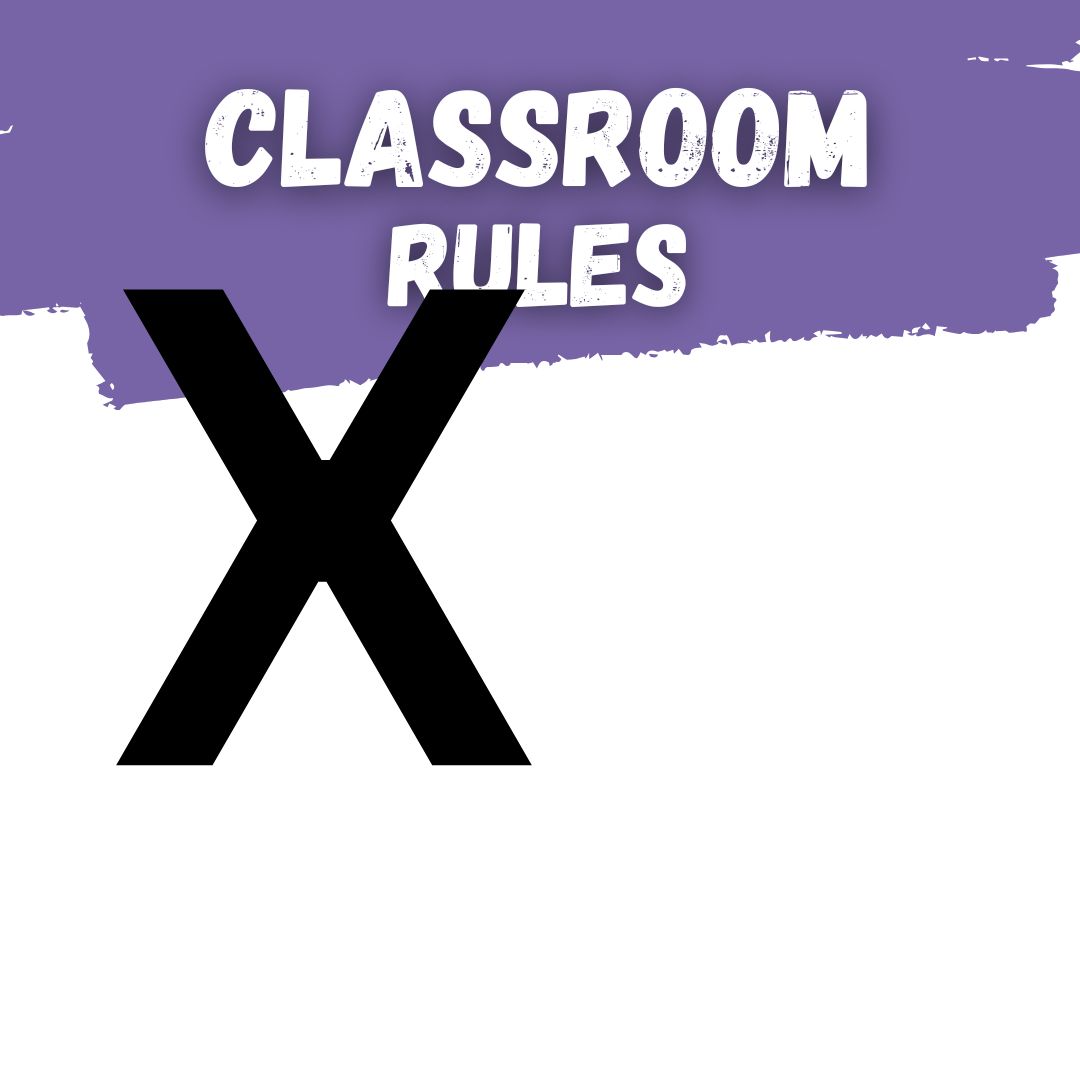Why do I call it classroom structure and management and not discipline? The word discipline implies that some things are going wrong. I once interviewed for a job where one of the questions was, “It’s the day of the spring concert. Students are running around acting the fool. Nobody is listening and there is complete chaos. What would you do?” That was a hard one to answer. I paused, then stated, “I would never let it get to that point.” Everyone on the interview committee was relieved! I found out later that the director before me had this exact scenario happen.
In almost every interview since then, when asked about my classroom discipline philosophy, I answer that if you provide students with the proper routines and procedures and structure, you’re going to prevent 95% of disruptions BEFORE THEY HAPPEN. That’s the key.
Attendance: I used to work with a teacher who started every class just like substitute teachers do…she called out each name waiting to hear a “present” or “here.” These were high school students, so they liked to try to make it funny. It took up 5-8 minutes of class. I asked her why she did this; why not just create a seating chart. “I don’t like to take their freedom away from them.” It might be okay for a substitute teacher to do this, but it is not acceptable for an experienced teacher. What do you do?
Create a seating chart. Put it in a page protector. When there’s an empty seat, make a slash through that name using a dry erase marker. If the student arrives late, turn the slash into a T for tardy. Attendance is complete in less than 30 seconds. It’s easy to wipe off the marks.
Announcements: Do you use the start of class to make announcements? I think that makes it harder for students to settle down and focus. Try jumping right into a breathing exercise, or a short technique or scale warm-up. THEN make announcements. It’s clear to students that class has begun. More of them pay attention to these announcements. In addition to providing the announcements verbally, post them on the whiteboard and refer students to that.
Classroom Set-up: There’s a more detailed explanation earlier in the book. Basically I advise leaving an “aisle” up the middle and also opening up the space between rows so you can move about the classroom. Then get off the podium and move it move it move it. This allows you to be within about eight steps of any student in the classroom. While warming up, go up and down the rows. Throughout the class you’ve been within arms reach of each and every student several times. It allows one to hear things you might not normally hear. It allows one to see things (posture, phones) you might normally see. It allows one to smell things you might normally smell (if you teach middle school).
Are you their friend: You DO need a good relationship with your students, but friend is a strong word. I am not their friend. We can have times when we are talking, making jokes, hanging out, but my primary role is always as their teacher. At times I tell students that I don’t care what they think of me now or what their reaction is to me. What I do care about is what kind of 20 year old, what kind of 30 year old they will be.
Most teens don’t even understand what true friendship is. Many times I’ve seen a student not want to “tell on” their friend who is considering suicide because “I promised him I wouldn’t tell.” A true friend is willing to lose the friendship if it means the best for that person.
A true friend is going to tell on that friend, if it will make them a better person, even if it means losing the friendship.
Whether you use the term friend or not, it doesn’t matter.You’re their teacher first. But you’re also their friend. You’re their teacher first. But you’re also their mentor. You can be all these other things, but the teacher role comes first always and forever. My son was in my high school band. He’s over 30 years old now. When he was my student, we both came to a really good understanding of when I was his dad and when I was his teacher, and every time we were in class, that teacher role always superseded the dad role. We both understood that and it worked out well.
James is the author of Almost Everything I’ve Learned About Teaching Band. He has served private, suburban, and Title 1 schools and now teaches at a charter school. Find out more about James at www.jamesdivine.net Subscribe to his podcast Almost Everything I’ve Learned About Teaching Band.
